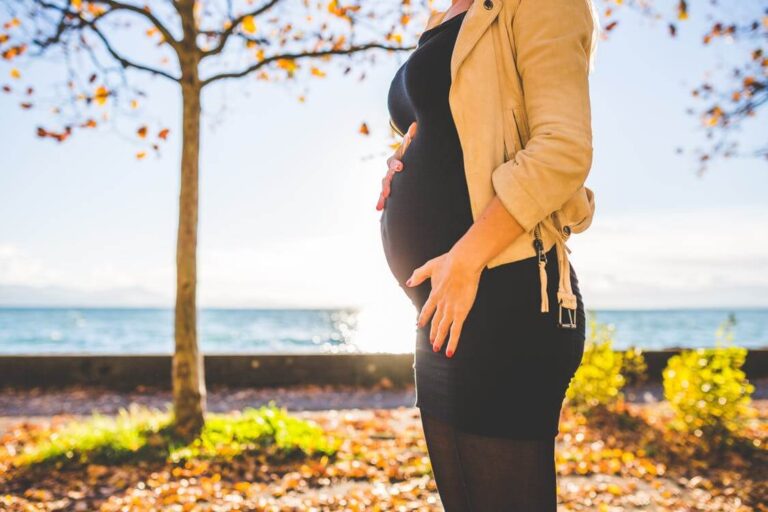The U.S. Centers for Disease Control and Prevention have released their latest figures on abortions in the United States, and the news is encouraging.
According to the CDC, the annual number of abortions has been declining since 2005 and was down to 652,639 in 2014, the lowest total since 1974 (the year after the U.S. Supreme Court legalized abortion nationwide).
Unfortunately, this figure, based on voluntary reporting from most state health departments, is probably an underestimate. The Alan Guttmacher Institute, once the research arm of Planned Parenthood, gets its data directly from abortion clinics and always shows higher figures. It claims a total of 926,190 abortions in 2014.
But this is the first time since 1974 that Guttmacher has reported fewer than a million abortions a year, so it shows the same trend.
More good news: Also declining are the abortion rate (abortions per 1,000 women of childbearing age), and the abortion ratio (abortions per 1,000 births). Fewer women are having abortions, and more women who do become pregnant are letting their children be born alive.
What can be the cause of this trend?
One clue is that the greatest decline is among teenagers. And as The Associated Press reported June 2016, the CDC has found “a sharp decline in sexual activity” among teenagers.
This is wonderful news. Premature sexual activity not only leads to unintended pregnancy and sexually transmitted diseases but also increases teens’ risk of depression, drug abuse and other adverse consequences.
But what about increased use of contraception? Doesn’t that explain the abortion decline?
That is unlikely to be the major factor here, for two reasons.
First, many studies suggest that contraceptive programs are ineffective at reducing unintended pregnancies or abortions. For example, when researchers at Princeton University in 2007 reviewed 23 studies on the impact of increased access to “emergency contraception,” they admitted that not one study showed a reduction in unintended pregnancies or abortions. Lead researcher James Trussell admitted in 2013 that this finding was still valid.
And a 2015 study by political scientist Michael New found that state mandates for contraceptive coverage in health plans have little or no effect on unintended pregnancies and may actually increase abortions.
Second, the CDC data show that what is declining most sharply is the “abortion ratio” — the percentage of women already pregnant who turn to abortion. This cannot be due to contraception. If anything, the likelihood of resorting to abortion is higher among women using a contraceptive at the time they became pregnant.
The temptation is to think that because I was taking due precautions to avoid pregnancy, any pregnancy that does occur is an unfair imposition that I have a right to “terminate.” Most abortions in the U.S. follow instances of “contraceptive failure.”
Another factor that does reduce abortion, besides a decline in teen sexual activity, is the existence of laws regulating and restricting abortion. States have passed an unprecedented number of such laws in recent years.
And even modest laws — requiring informed consent and a waiting period before an abortion, requiring parental involvement for minors, limiting public funding of abortion — have a significant effect on the abortion rate.
By contrast, states that provide public funding of abortion have higher abortion rates. In short, subsidizing something with public funds produces more of that thing.
Supporters of legalized abortion used to agree that abortion should be “rare.” They don’t say it so much nowadays. Maybe they now realize that reducing abortions will require discouraging abortion.
Copyright ©2017 Catholic News Service/U.S. Conference of Catholic Bishops.



